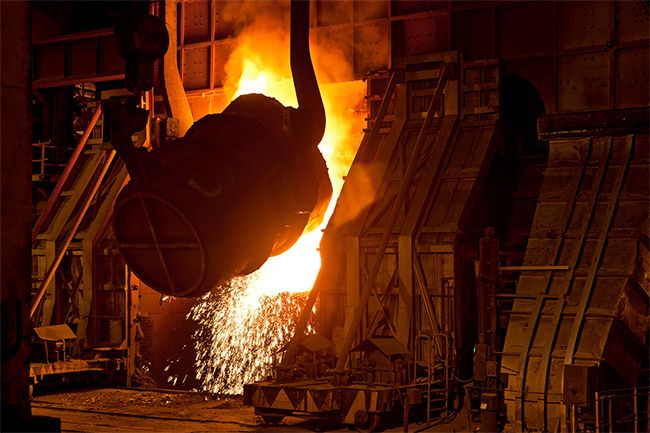The global steel market remains highly fragmented, with the top five companies accounting for just 17.5% of global production in 2020.
That same coverage was 15% in 2000, according to statistics from The World Steel Association.
Below are the five companies: China Baowu Group (115.29 million tons), ArcelorMittal (78.46 million), HBIS Group (43.76 million), Shagang Group (41.59 million) and Nippon Steel Corporation (41.58 million).
Despite this trend, the world steel market continues to fragment.
Historically, in the world steel market, prices have shown significant volatility.
Events that contribute to continuously volatile steel price cycles include peaks and troughs in commodity prices, new additions to steel production capacity (at a rate higher than growth in steel demand), idle and restart of steel production capacity and adverse economic conditions.
For example, in the United States, steel prices tended to decline for most of 2018 and 2019, after peaking during the first half of 2018, as a result of softer steel consumption, higher steel production and, in 2019, lower steel scrap costs.
World steel market
Then steel prices declined further in 2020 during the early stages of the Covid-19 pandemic, reflecting a slump in steel consumption.
However, after an initial drop, steel prices rose steadily throughout the remainder of 2020 and reached very high levels in the first quarter of 2021, as the speed of recovery in steel production and in the production of Steel raw materials did not meet the demand for steel.
In particular, China Baowu has the vision of «becoming a leader in the global steel industry» and the mission of «jointly building a high-quality steel ecosystem», with the corporate values of «integrity, innovation, synergy and sharing».
![]()

